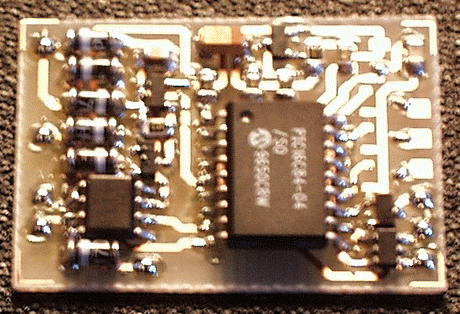



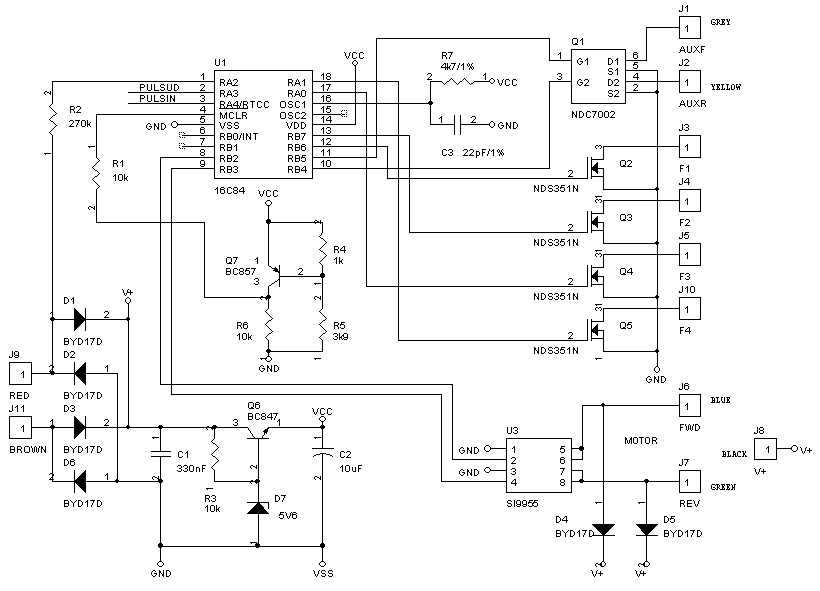
The schematic have changed a bit from version 1, as it is adapted for easy and compact routing of the PCB. Also, we have removed the 78L05 and replaced it with a transistor regulator. The MAX809 device have been replaced with a transistor circuit for better performance. The ceramic resonator have been replaced by a RC circuit, to reduce cost. Finally, a fourth output have been added (F4).
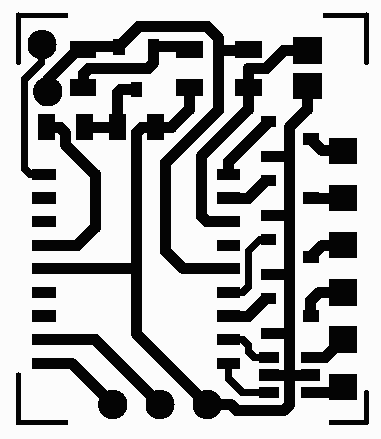
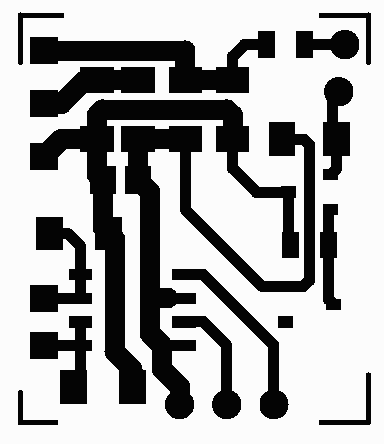
The new PCB measures 19x22mm. All powersupply and motor circuitry is placed on the bottom layer, the processor and the function outputs are placed on the top layer.
The positive supply of the decoder is brought out to a wirepad, and is intended to be used as supply for both the motor and the devices that are controlled by the function outputs. This means no flickering lights!
If you install the decoder in a loc which have lampsockets connected to the chassis, you must either disconnect the sockets from the chassis (if possible) or live with the flickering lights (if disconnecting from the chassis is not possible).

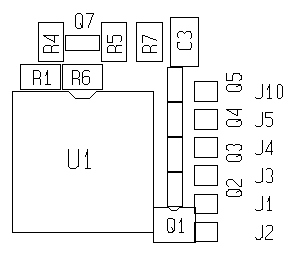
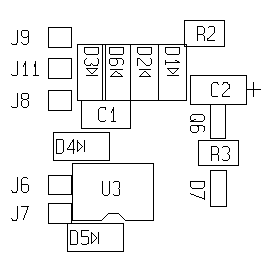
The placement should be straightforward. I advise that you start by mounting the components on the side that holds the PIC, then flip the PCB over, and mount the bottom side. After you flip the PCB over you will have to make shure that it won't tilt. Use some cardboard or paper to tuck under the PCB.
You are advised to double-check your assembly before you
apply power to the decoder.
If you are inexperienced in the art of SMT assembly, do not solder the vias before you have checked that the correct voltages are present when power is applied. This will protect the most expensive part (the PIC) from damage.
With power applied (no booster is needed, a 12-18V DC supply will do fine), measure the voltage across C1. The voltage should be equal to the supplyvoltage
minus 1-2V. Now measure the voltage across C2 (plus is marked by black band),
this voltage should be 4.8V - 5.5V depending on the zener value chosen.
Reverse the connections to the supply and remeasure the above voltages.
Polarity must not change!
If all is well, solder a piece of wire in the via holes. Recheck the voltages,
they shouldn't change at all.
Finally measure the voltage across C3, which should be 2.5V - 2.7V. This will
show whether the PIC is running or not.
If (as?) you do not have access to pick-and-place equipment, a solderpaste dispenser and a reflow soldering oven, you will have to solder the components manually. The easiest way, in my opinion, to do this is: Melt a small amount of solder onto one of the pads of each component, choosing the righthand pad or bottom pad depending on component orientation.
Place the component with a pair of tweezers, and resolder the previously prepared pad while holding the component in place with the tweezers. Mount all components like this, rotate the PCB 90 degrees counterclockwise, and solder the other pad(s) of each component.
The IC's are mounted by applying solder onto two diagonally opposite pads, placing the IC, solder one of the
previously prepared pads, then the other. When the IC is properly placed (all pads line up correctly with
the pins), solder the remaining pins.
Use as little solder as possible!
If you have already decided not to use some of the function outputs, then you don't have to mount the associated output driver(s).
There are five vias, to provide connections between the two sides of the board. Mount these last. Use noninsulated wire: insert the wire, cut it to length, solder on one side, turn the board over, trim wirelength, and solder.
Finally place a solder "ball" on each of the wirepads.

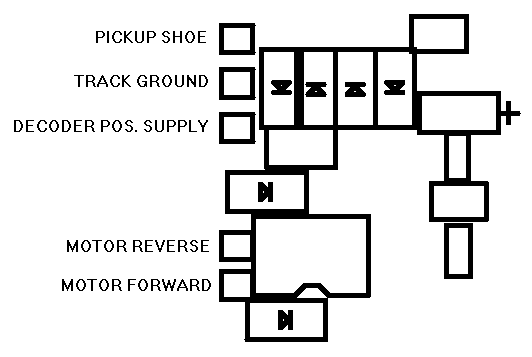
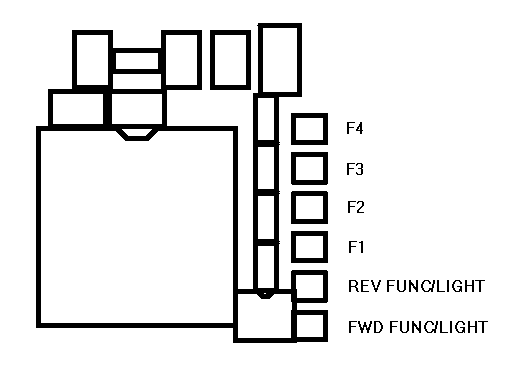
The decoder is installed exactly like the decoders from Märklin. Here are the details:


(C) 1999 Bo Brændstrup